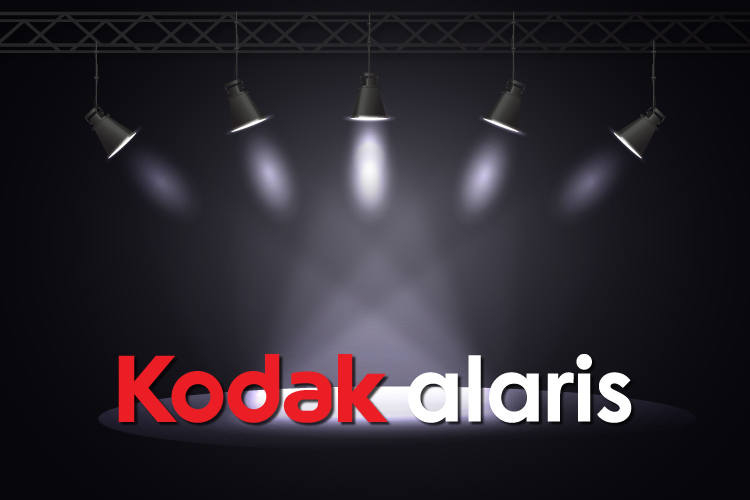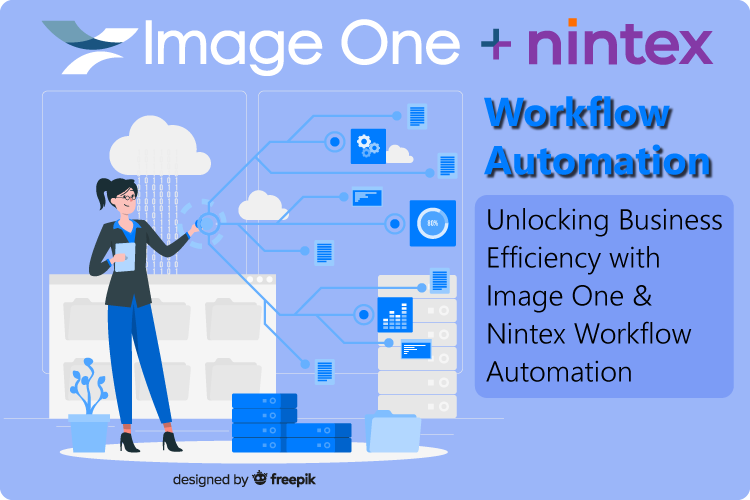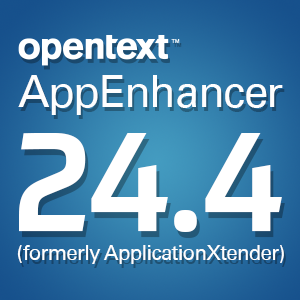Healthcare industry rapidly adopting EDM for savings and efficiency
Tuesday, March 19, 2013As healthcare organizations realize potential savings and efficiencies from electronic document management (EDM), more firms will adopt these paperless solutions to automate patient-related tasks. As these tools become more advanced, medical practices and hospitals can ensure quicker, more accurate and secure storage and transfer of patient information.
A recent case study by Healthx revealed that a paperless pilot program provided significant cost savings for the Southeastern Indiana Health Organization (SIHO). Healthx determined that every printed explanation of benefits (EOB) statement cost an average of 50 cents. By digitizing these statements, SIHO realized a 50 percent cost reduction. Furthermore, the end-of-study survey revealed a 98 percent positive user response. Survey respondents said the paperless system provided easy sign-up, and access to the online portal took less than 5 minutes. The effortless sign-up process was one of the key factors in adoption of the electronic system. Greg Bell, president of Healthx, was optimistic about the results of the study.
"We are thrilled that SIHO realized a substantial savings in such a short time," he said. "Developing effective communication strategies that can truly drive user adoption is core to our DNA."
Workflow optimization
In an interview with RDH, Mike Uretz, an electronic dental record (EDR) veteran, spoke to the benefits of these systems. One of the major advantages to EDR systems, according to Uretz, is that they improve communications between administrative and clinical teams by optimizing workflows. An advanced solution has robust task management and internal messaging components, he explained. This can include automatic alerts so that users can become more aware of overdue tasks or treatments. These systems also allow claims to flow electronically through the processing system more quickly and allow users to predetermine insurance eligibility.
The ultimate goal for the healthcare industry is to standardize and optimize patient care. Uretz told RDH that EDM can ensure constant improvements in these areas. Systems that document any and all communications sent out electronically can ensure that doctors are constantly evaluating successes and areas of opportunity to improve care. He explained that an effective EDM should offer intelligent capture of patient data in a structured format so that it can be re-purposed for a variety of clinical applications and patient analytics. Additionally, Uretz asserted that these systems should include features such as treatment planning, clinical workflow and other specific protocols that can aid users in analyzing the results of treatment and fine-tuning future strategies.
Brought to you by Image One Corporation providing complete information governance since 1994.




